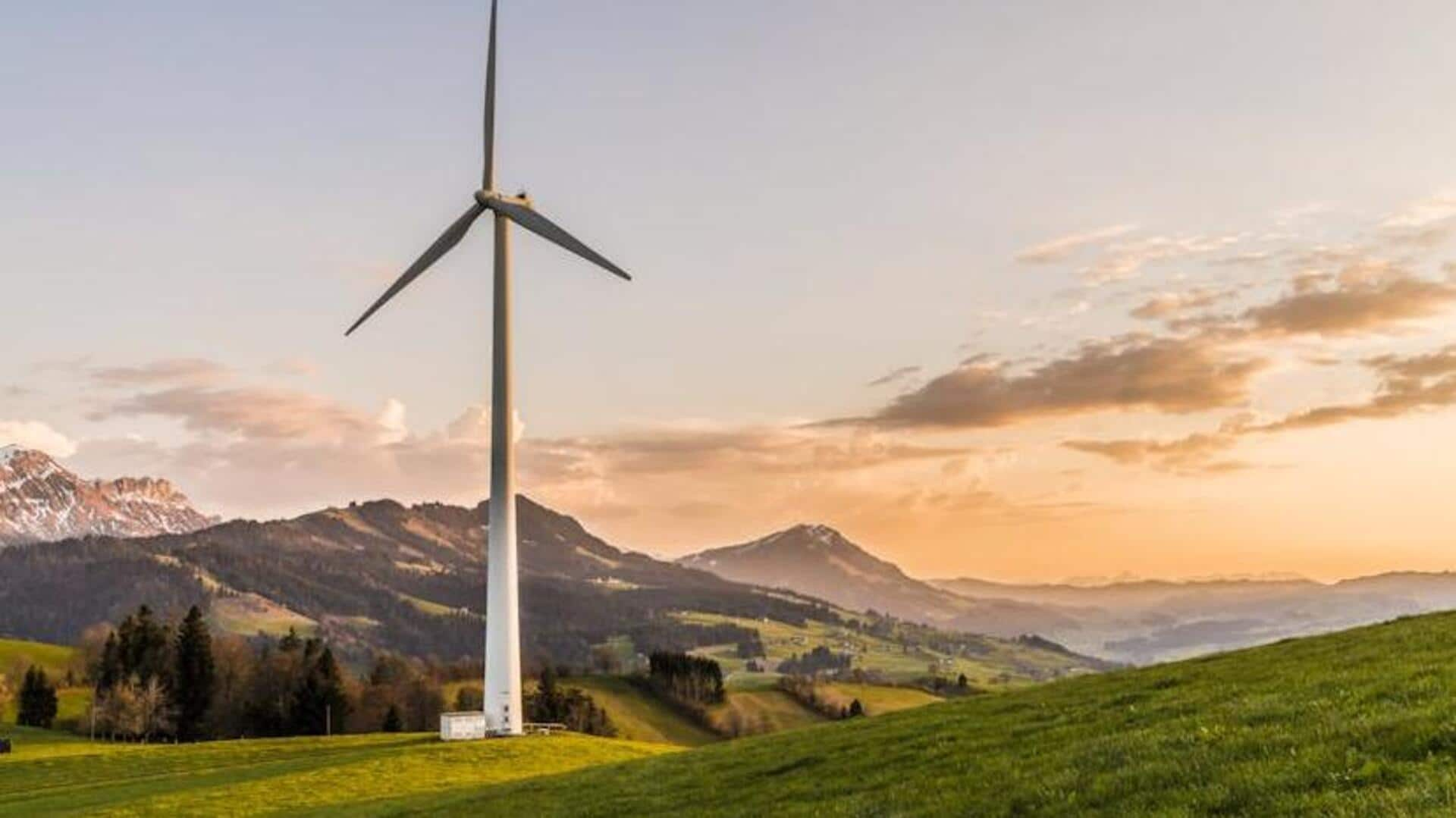
The Dutch windmill villages you need on your travel list
What's the story
The Netherlands is famous for its iconic windmills, a testament to the country's rich history and engineering prowess. These structures have contributed significantly to water management and agriculture. Today, they remain cultural landmarks, attracting visitors from across the globe. Exploring Dutch windmill villages gives a unique glimpse into the past, replete with traditional architecture and local customs. Here are some top villages.
Zaanse Schans
Zaanse Schans: A living museum
If you want to experience the Dutch life, Zaanse Schans is the place to go. The village is home to some of the best-preserved windmills, wooden houses, and workshops from the 18th century. You can visit several museums dedicated to crafts such as cheese-making and clog production. You can also take a stroll along the riverbank and enjoy postcard-perfect views of these buildings.
Kinderdijk
Kinderdijk: UNESCO World Heritage Site
Kinderdijk has 19 windmills, built in the 18th century as part of an innovative water management system. A UNESCO World Heritage Site, this village gives an idea of how these mills helped keep low-lying areas from flooding. Tour a few of these mills to know the way they work and their significance in history, all while enjoying beautiful landscapes.
Schiedam
Schiedam: Tallest windmills in the world
Notably, Schiedam has some of the tallest windmills in the world, which were originally constructed to grind grain. The magnificent structures provide guided tours, giving visitors an insight into their history and place in the local economy then. The town itself has quaint streets dotted with cafes and shops, where you can find regional products.
De Rijp
De Rijp: Quaint village charm
De Rijp is a postcard-perfect village with its idyllic canals, wooden bridges, and centuries-old buildings. These structures date back to centuries ago when it was a prominent fishing center. This was before land reclamation projects transformed its landscape drastically over the years. Although there aren't as many mills working here as in the other places listed above, visitors will still have plenty of countryside to explore on foot or by bike.